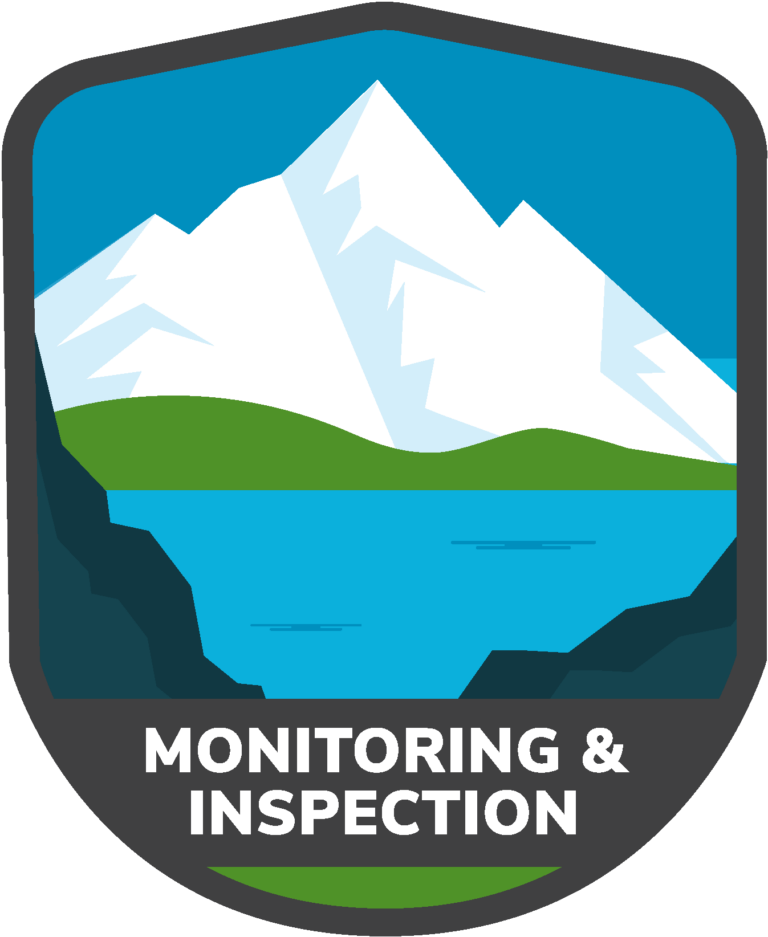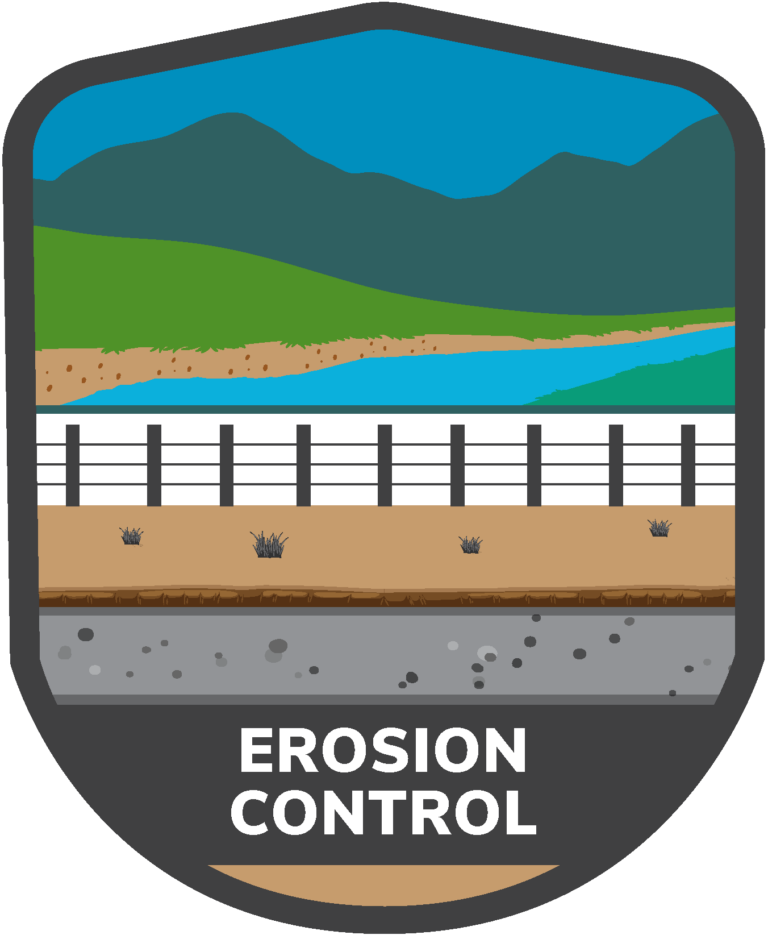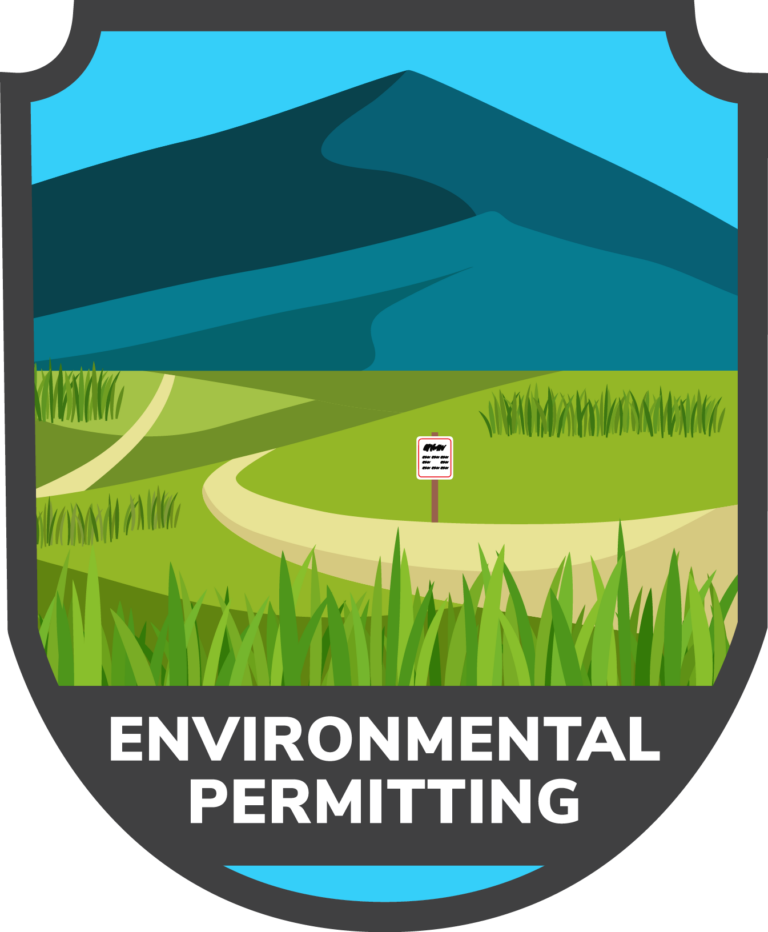

PLANNING FOR CONTROL AND RESTORATION
In addition to stormwater management systems designed to help minimize erosion, our team develops detailed Erosion Sediment Control Plans (ESCPs) tailored to your project to meet the requirements of National Pollutant Discharge Elimination System (NPDES) permitting and any other state regulations aimed at protecting nearby water bodies.
CORE SERVICES
WHAT SETS US APART
-
We have powerful support
As a subsidiary of an award-winning consulting engineering firm, we offer an integrated approach with a proven track record for success throughout our region.
-
We know what’s at stake
Our client-centered approach means we collaborate closely with you, tailoring services to your specific project needs and goals.
-
We know the landscape
With 30-years of experience, we have the certifications, qualifications, and knowledge for all regulatory compliance.
WHAT WE DO
We offer a full range of natural resource-based environmental services for residential, commercial, public works, and retail development. Choose a service badge below to learn more.







